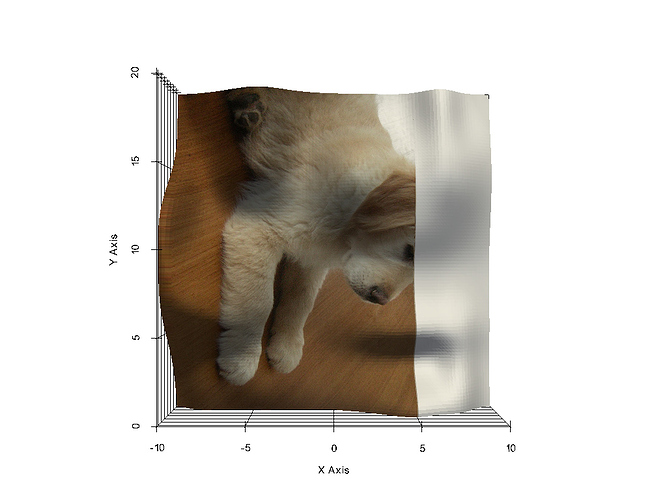Assigning values above 1 in the texture coordinates where you don’t have textures with setting repeat on the vtkTexture to False should do the trick. Here is an example using PyVista to show what this would look like:
from pyvista import examples
texture = examples.download_puppy_texture()
texture.SetRepeat(False)
mesh = examples.load_random_hills()
mesh.texture_map_to_plane(inplace=True)
# Now turn off a region of the texture mapping
idx = mesh.points[:,0] > 5
mesh.t_coords[idx] = [1.1, 1.1]
mesh.plot(texture=texture, cpos='xy',
show_grid=True, color='white')
